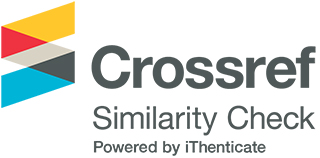Designing animated pictorial instructions: A methodology proposed for the Open University of the Unified Health System in Brazil (UNA-SUS/UFMA)
DOI:
https://doi.org/10.33422/ejte.v2i4.525Keywords:
Animation, Decision-making, Guidelines, Medicine, ProceduresAbstract
Animated pictorial instructions are effective resources for learning medical content (e.g., surgical procedures). Considering this, the Open University of the Unified Health System of the Federal University of Maranhão (UNA-SUS/UFMA) in Brazil employs animation in their distance learning courses. From 2009 to the present the UNA-SUS/UFMA has offered 48 e-courses to health professionals, reaching around 470,000 enrolments. The development of animated instructions at UNA-SUS/UFMA considers medical and pedagogical knowledge only, lacking information design expertise to reach communication effectiveness. Thus, a design methodology was proposed based on: (a) the results of an analytical study of 100 medical animations; (b) the outcomes of a context analysis of the UNA-SUS/UFMA design process through interviews with the heads of the educational production departments; and (c) the results of an online questionnaire with 1,735 health professionals. The methodology consists of three phases: (1) Structuring: identification and arrangement of different contents (introductory content, inventory information, steps, warnings), resulting in an animation script; (2) Representation: definition of the animation graphic appearance and technological resources (e.g., pictorial style, camera framing, interaction cues), resulting in a visual storyboard or mock-up/prototype that can be tested with users (e.g., comprehension, usability tests); and (3) Finalization: programming and production of the animation. For each phase, instruments/protocols were developed to aid decision-making (form, guidelines and checklist). To evaluate the methodology, a focus group was conducted with the animation stakeholders/developers of the UNA-SUS/UFMA. The results were positive, but suggestions were made to improve the decision-making instruments, which were considered in the methodology final design.









